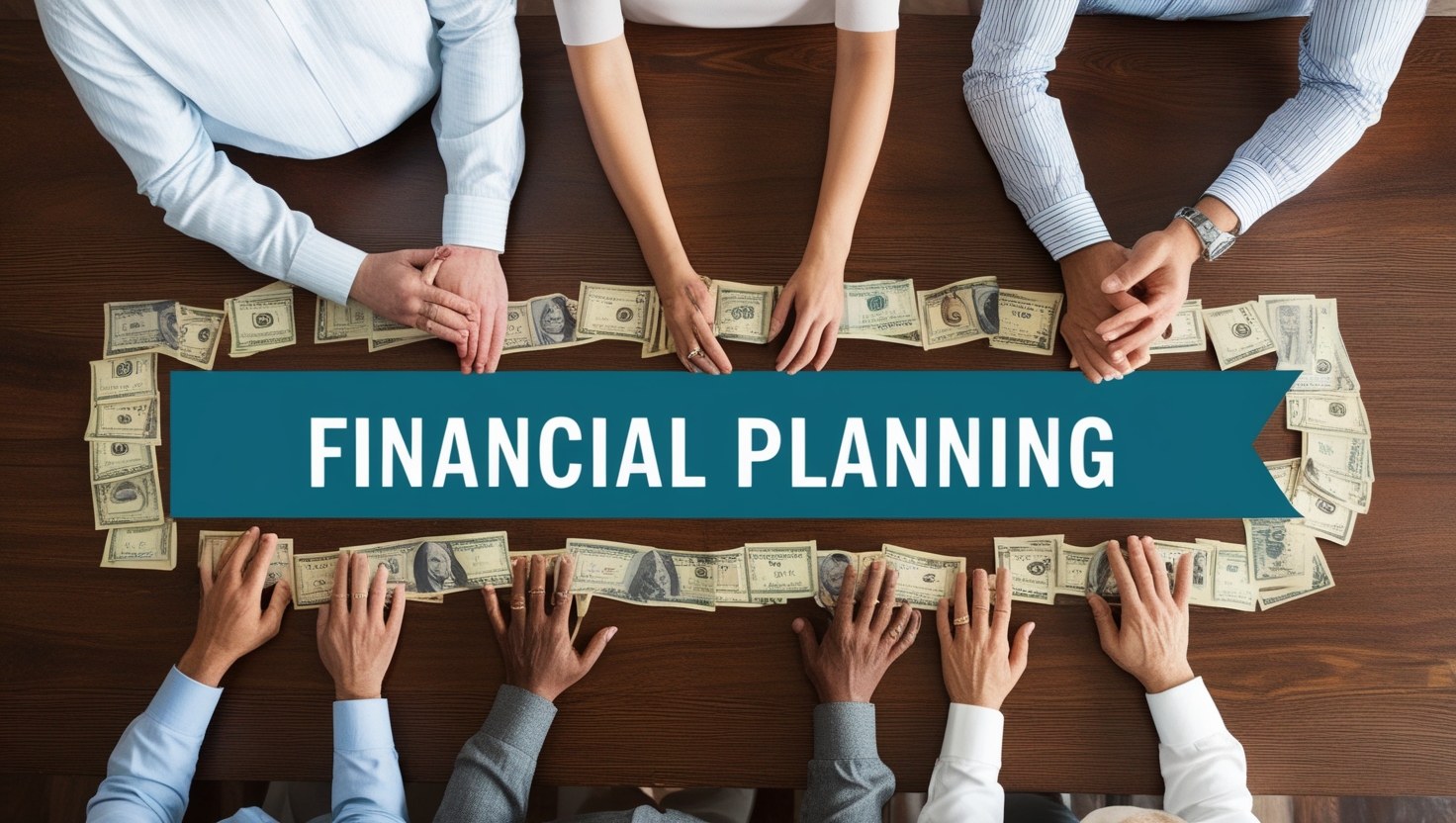Investing in Yourself: Financial Planning for Education and Self-Development as an Asset
In a world of accelerating technological and economic change, investing in education and self-development has become a necessity, not just an option. Education is no longer just a means to get a job; it is a strategic investment in your professional and personal future. This article will provide you with a comprehensive guide on how to financially plan for investing in education and self-development, and how to measure the return on this investment.
Chapter 1: Why Investing in Education and Self-Development is the Best Investment
Investing in yourself is the only investment that no one can take away from you. The knowledge and skills you acquire stay with you throughout your life and increase your value in the job market. Here are some reasons why investing in education and self-development is the best:
- Increased Earning Potential: Studies have shown that individuals with higher degrees or specialized training earn significantly more than those without these qualifications.
- Improved Job Opportunities: In a competitive job market, educational qualifications and advanced skills increase your chances of getting a good job.
- Career Advancement: Education and self-development open doors for promotion and advancement in your career path.
- Increased Self-Confidence: Acquiring new knowledge and skills boosts your self-confidence and abilities, positively impacting all aspects of your life.
- Adaptation to Change: In a constantly changing world, education and self-development help you adapt to new challenges and seize available opportunities.
Chapter 2: Defining Your Educational and Development Goals
Before starting financial planning, it is essential to clearly define your educational and development goals. Ask yourself:
- What skills do I need to achieve my professional goals?
- What areas do I want to develop myself in?
- What certifications or training courses will help me achieve my goals?
Once you have defined your goals, prioritize them according to importance. This will help you determine which areas you should focus your educational and development investments on.
Chapter 3: Assessing Your Current Financial Situation
Before making any investment, you should assess your current financial situation. Prepare a personal budget to determine your monthly income and expenses. This will help you determine how much you can allocate to investing in education and self-development.
Tip: Use money management apps or spreadsheets to track your income and expenses. This will help you get a clear picture of your financial situation.
Chapter 4: Identifying Available Funding Sources
There are many funding sources available for investing in education and self-development. Here are some options:
- Personal Savings: If you have personal savings, you can use them to fund your education and self-development.
- Educational Loans: Many banks and financial institutions offer educational loans with favorable terms.
- Scholarships: Look for scholarships and funding programs offered by government and private institutions.
- Employer Support: Your employer may offer financial or training support programs for its employees.
- Crowdfunding: You can use crowdfunding platforms to raise donations from individuals and companies to fund your education.
Chapter 5: Creating a Detailed Educational Investment Budget
Once you have identified the available funding sources, create a detailed educational investment budget. Consider all the costs associated with education and self-development, such as:
- Tuition Fees: Includes registration fees, tuition fees, and educational materials.
- Living Expenses: If you are studying full-time, you may need to allocate a budget for living expenses, such as rent, food, and transportation.
- Travel Costs: If you are studying abroad, you may need to allocate a budget for travel and accommodation costs.
- Cost of Books and Educational Materials: Estimate the cost of books and other educational materials you will need.
- Costs of Training Courses and Workshops: Consider the cost of training courses and workshops you want to attend.
Chapter 6: Strategies to Reduce the Costs of Education and Self-Development
There are several strategies you can use to reduce the costs of education and self-development. Here are some tips:
- Look for Free or Low-Cost Training Courses: Many institutions and organizations offer free or low-cost online training courses.
- Use Online Educational Resources: There are many educational resources available online, such as e-books, articles, and educational videos.
- Join Public Libraries: Public libraries provide a wide range of books and other educational resources for free.
- Take Advantage of Financial Support Programs Offered by Your Employer: Your employer may offer financial or training support programs for its employees.
- Study Part-Time: If possible, study part-time to reduce living expenses.
Chapter 7: Measuring the Return on Investment in Education and Self-Development (ROI)
Measuring the return on investment (ROI) in education and self-development is essential to evaluate the effectiveness of your investments. There are several ways to measure ROI, including:
- Increased Income: Compare your income before and after obtaining the education or training.
- Career Promotion: If you get a promotion after obtaining the education or training, this is evidence that your investment was successful.
- Improved Job Performance: If your job performance improves after obtaining the education or training, this is evidence that your investment was successful.
- Getting a New Job: If you get a better new job after obtaining the education or training, this is evidence that your investment was successful.
Example: If you invest $10,000 in obtaining a master's degree, and your income increases by $5,000 per year, your return on investment is 50% per year.
Chapter 8: Tax Planning for Investment in Education
In some countries, you can get tax benefits when investing in education. Check the tax laws in your country to see if you are eligible for any deductions or tax exemptions.
Chapter 9: Building a Strong Professional Network
Education and self-development are not limited to acquiring knowledge and skills. They also include building a strong professional network. Attend conferences, seminars, and workshops, and connect with your colleagues at school and work. These relationships can help you find new job opportunities, get advice and guidance, and exchange knowledge and experiences.
Chapter 10: Continuing to Learn and Develop
Education and self-development are an ongoing process. Do not stop learning and developing after obtaining a degree or specific training. Continue reading books and articles, attending training courses and workshops, and connecting with experts in your field. This will help you stay up to date with the latest developments in your field and keep your skills актуальными.
Conclusion: Investing in education and self-development is the best investment you can make. Through sound financial planning, you can maximize the return on this investment and achieve your professional and personal goals.




